Comb pendant from the St Nikolai shipwreck
Artefact of the month - September 2019
Second Battle of Svensksund
Sweden and Russia were repeatedly on the warpath throughout the 18th century. The third Russo-Swedish conflict of the century, known as Gustav III’s War in Finland, was fought between cousins Gustav III and Catherine II the Great in 1788–1790. The starting point was Gustav III’s desire to win back the honour and great power status his country had lost as a result of the Great Northern War (1700–1721) and the Russo-Swedish War of 1741–1743. The urge to see himself as part of the continuum of great warrior kings also accelerated the war fever of the young ruler.
Gustav’s plans, however, proved over-optimistic. During the third year of the war, the focus of military operations shifted from land to sea. The Swedish navy was led by the king himself, despite his inexperience. Two large naval battles were fought at Svensksund outside the present-day city of Kotka, the first one on 24 August 1789 and the second one on 9–10 July 1790. The first confrontation, which ended in a Russian victory, was observed by the King of Sweden at a safe distance on the rocks on the island of Kotkansaari. In the second battle, Gustav had his empire, crown and life at stake. Having narrowly escaped Vyborg Bay after an unsuccessful invasion, the king had played all his cards and, with the enemy at his heels, chose Svensksund as the scene for the decisive battle.
According to some sources, as many as 450 ships, ranging from small and agile gun dinghies to heavy coastal frigates, xebecs and galleys, assembled at Svensksund. The wind carried the monstrous thunder of the guns all the way to St Petersburg. Lasting for nearly 24 hours, the struggle of archipelago fleets on waves shrouded in gunpowder smoke meant suffering and death for thousands of men, and the shapes of dozens of ships riddled with cannonballs remained as ghostly invisible monuments on the bottom of the sea. Partly assisted by the forces of nature, the cornered Swedes gained the upper hand and eventually victory in the largest naval battle ever in the Baltic Sea. Success at Svensksund gave Gustav III a good position in the ensuing peace negotiations, and the border drawn along the Kymi River remained in place in the Värälä Treaty.
St Nikolai
The frigate St Nikolai of the Russian archipelago fleet is the best-known and most studied shipwreck in the Svensksund battle area. Completed at the Kronstadt shipyard on 23 April 1790, the 38-gun rowing frigate represented the new types of vessels in the naval warfare of the day and the best firepower in the archipelago fleet. The ship was approximately 40 metres in length, 9.75 metres in width and only 3.35 metres in draught because of the shallow coastal and archipelago waters. The sailing history of the brand new warship, however, was very short. At Svensksund, the ship was located near the centre of the Russian line and was the target of heavy gunfire for hours, until only 80 of the 400 men who served on board were alive and it was no longer possible to save the heavily leaking ship by pumping. At around 6:30 pm, the St Nikolai keeled over and sank instantly. Only a handful of men survived.
The warship that fought to the bitter end under British officer Samuel E. Marshall thus became the grave for the captain and his crew but also a priceless time capsule for archaeologists and historians. Since the shipwreck was rediscovered in 1948, thousands of objects have been raised from the wreck and stored in museums. They cover the whole spectrum of life on the ship from a lorgnette to work gloves, from navigation instruments to muskets and from the officers’ china to the crew’s wooden spoons.
Comb pendant
The comb pendant found in the depths of the ship is not an ordinary hair care accessory; its significance is symbolic rather than practical. Its shape corresponds to comb pendants used among Finno-Ugric peoples from the Iron Age up to the 20th century. Among other things, the type of object in question is associated with Mordvin wedding traditions, an essential part of which is the comb pendant used in pairs: the bride would wear the copper comb on her chest and the groom on his belt. Typically, the upper part of a Mordvin wedding comb is shaped like two horse heads turning away from each other. A comb ornament like this was also found in the St Nikolai wreck and belongs to the collection of items of the Museum of Kymenlaakso.
The comb ornament is a concrete indication of the varied backgrounds of the men drafted into the Russian navy. The crews were mostly made up of serfs, and the recruitments are known to have extended to large parts of the empire. The crews of warships therefore included landlubbers who had never even seen the sea, let alone been on board a ship. For these children of the heartland, life on the waves, not to mention naval battles, must have felt like a nightmare. Perhaps, in his last moments, one of them clenched a wedding comb, a memory of the far-away home region and the young wife who would have to wait in vain for her husband’s return. We only know for certain that this pendant is a symbol of ties established and the breaking of these ties on a windy day in July 229 years ago.
The joint exhibition of the Maritime Museum of Finland and the Museum of Kymenlaakso on the battles of Svensksund will open to the public at Maritime Centre Vellamo, Kotka on 20 May 2020.
Timo Kunttu
Bibliography:
Heikel Axel O. 1899. Mordvalaisten pukuja ja kuoseja. SKS, Helsinki.
Johnsson Raoul 2010. Kustaa III ja suuri merisota. Taistelut Suomenlahdella 1788–1790. John Nurmisen Säätiö, Helsinki.
Lappalainen Jussi T. 2011. Kuninkaan viimeinen kortti. Viipurinlahden ja Ruotsinsalmen meritaistelut 1790. SKS, Helsinki.
Mainoff W. 1883. Mordvankansan häätapoja. SKS, Helsinki.




-
2024
-
2023
-
2022
-
2021
-
2020
-
2019
-
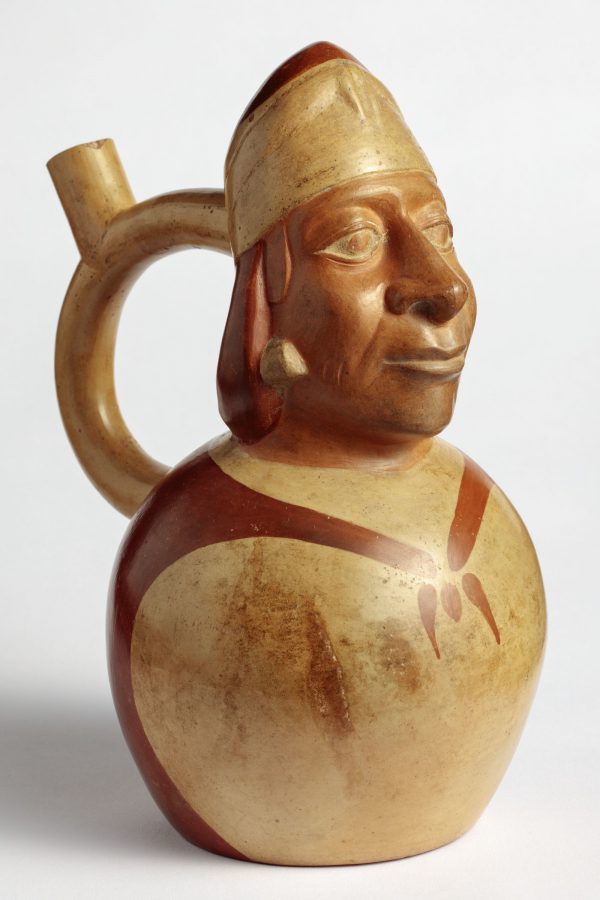 Stirrup-spouted vessel from Peru
Stirrup-spouted vessel from Peru
-
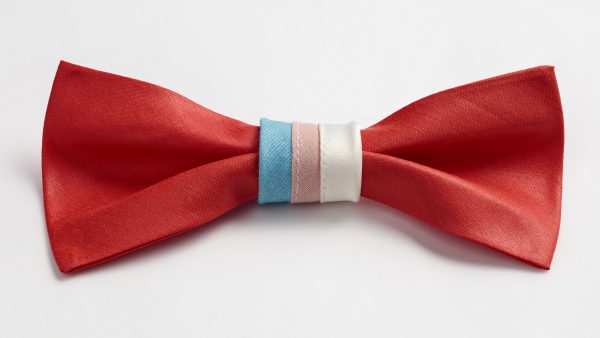 Trans pride bow – a carnival accessory and statement for human rights
Trans pride bow – a carnival accessory and statement for human rights
-
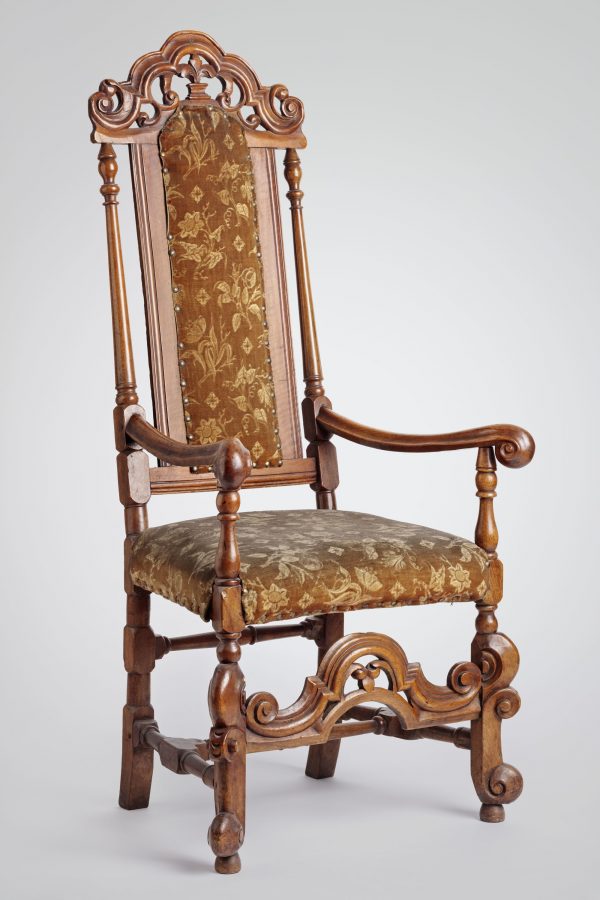 Retro upholstered baroque armchair
Retro upholstered baroque armchair
-
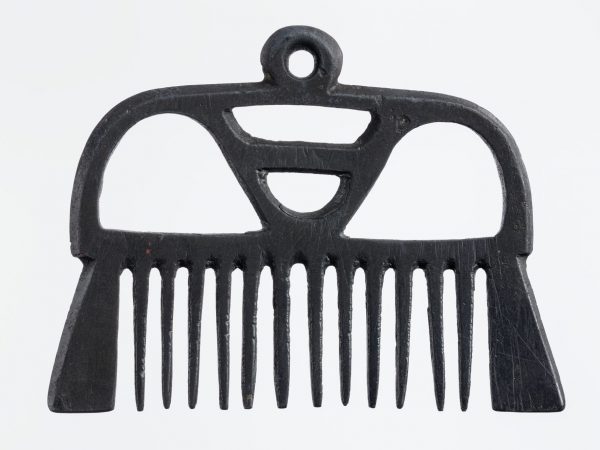 Comb pendant from the St Nikolai shipwreck
Comb pendant from the St Nikolai shipwreck
-
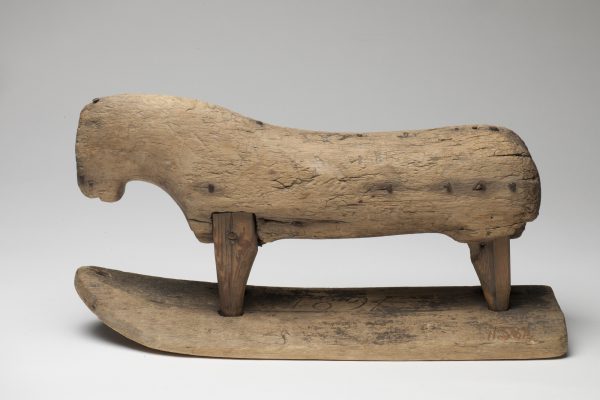 Wooden toy horse
Wooden toy horse
-
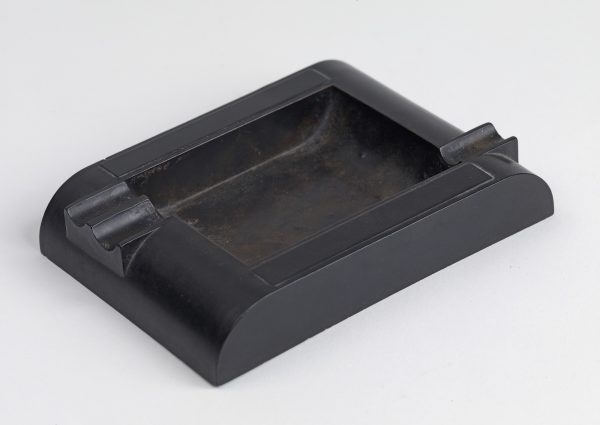 Ashtray
Ashtray
-
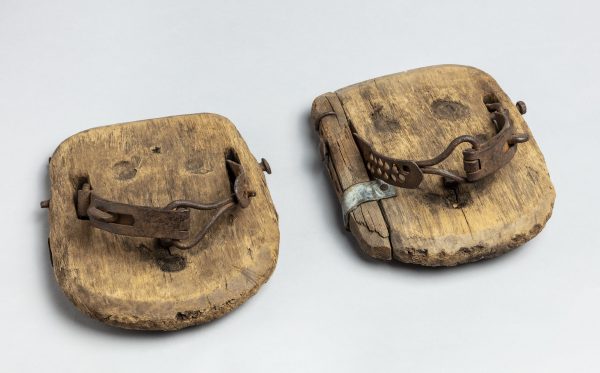 Marsh horseshoes
Marsh horseshoes
-
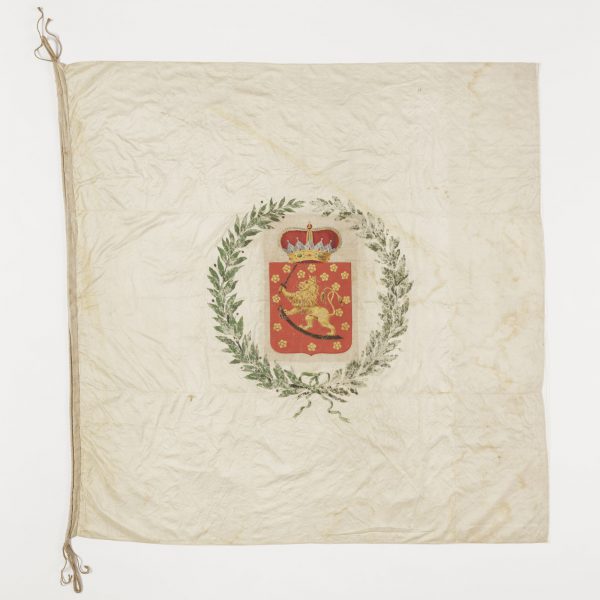 Student Union flag
Student Union flag
-
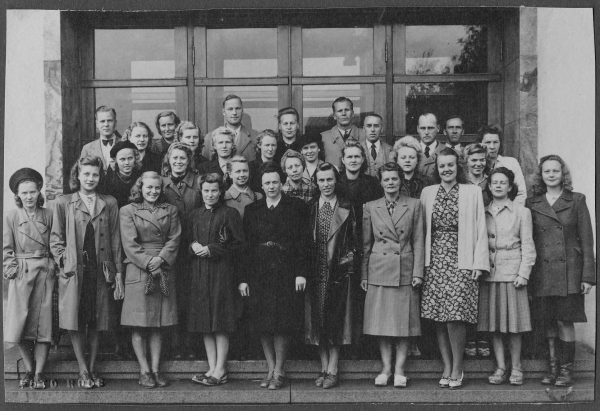 Stylish at work
Stylish at work
-
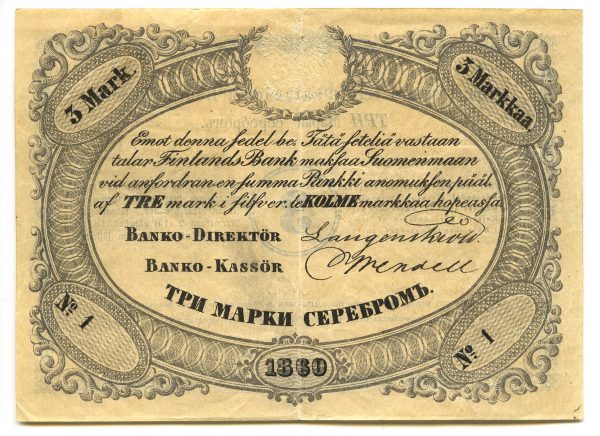 The first Finnish markka ever issued
The first Finnish markka ever issued
-
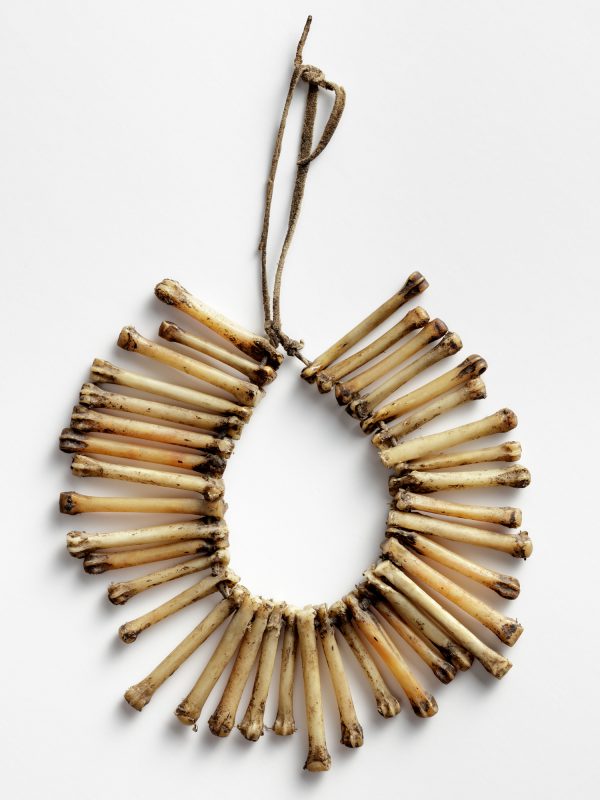 Seer's amulet
Seer's amulet
-
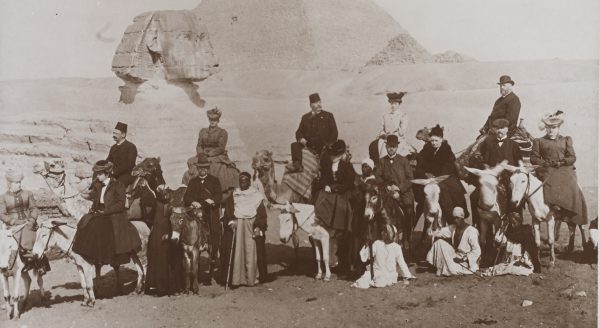 Photopicture from Egypt
Photopicture from Egypt
-
-
2018